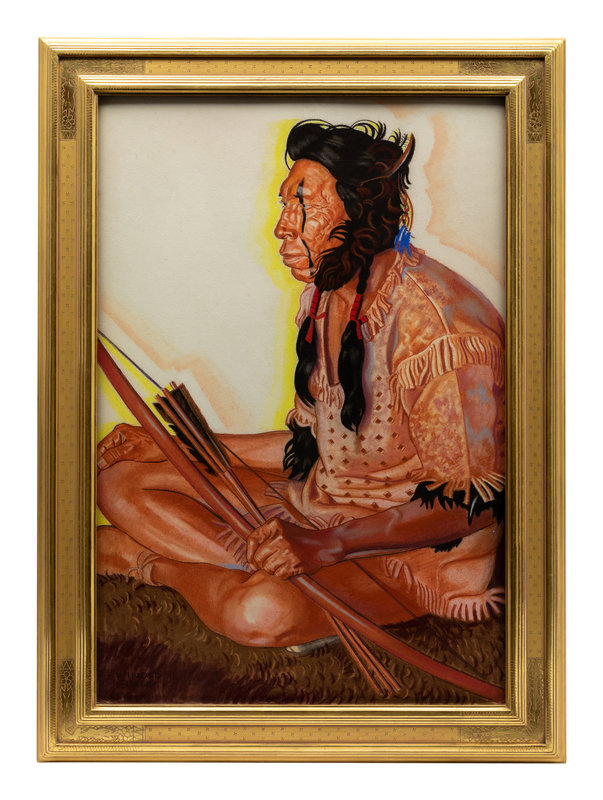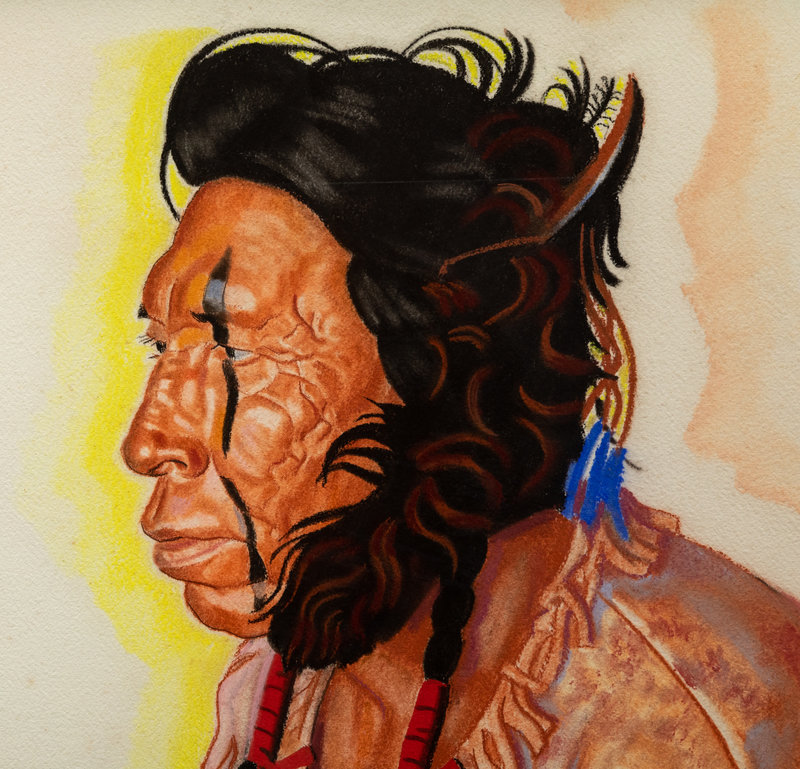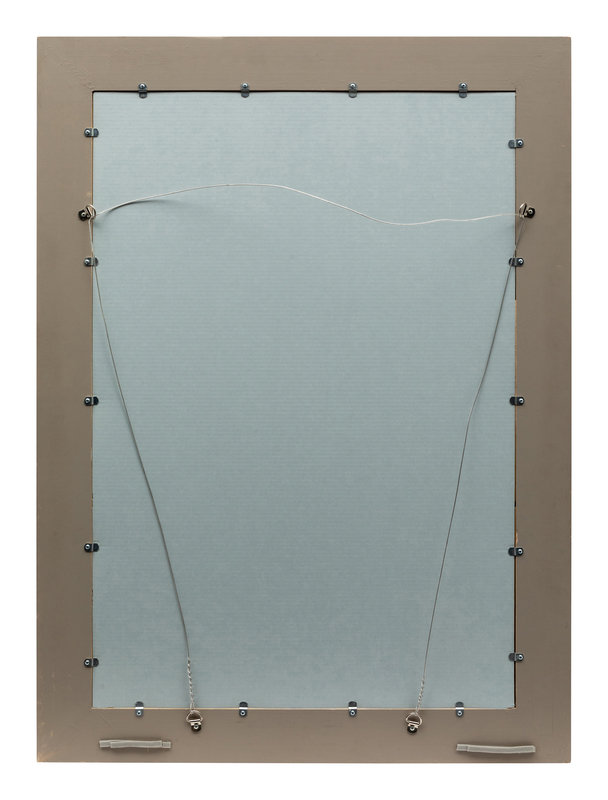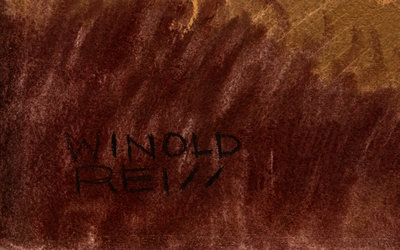Condition Report
Contact Information
Auction Specialist
Lot 142
Winold Reiss
(American, 1886-1953)
Plenty Treaties, 1943
Sale 1137 - Western & Contemporary Native American Art
May 4, 2023
10:00AM MT
Live / Denver
Own a similar item?
Estimate
$70,000 -
90,000
Price Realized
$75,600
Sold prices are inclusive of Buyer’s Premium
Lot Description
Winold Reiss
(American, 1886-1953)
Plenty Treaties, 1943
pastel on paper
signed Winold Reiss (lower left)
39 x 26 inches
Property from the Collection of Ned Jacob
Exhibited:
Montana State Historical Society, Helena, Montana, 1964
C. M. Russell Museum, Great Falls, Montana, 1986
Winold Reiss was an ardent multiculturalist and champion of racial, ethnic, and cultural diversity long before those terms were terms at all. His art thrived on diversity; he drew and painted anyone and everyone, including the portraits of important figures of the Harlem Renaissance and of the Mexican Revolution. Reiss’s approach to portraiture, combining sculpted realism with modernist elements one might call expressionistic, makes both his style and oeuvre unique among twentieth-century figurative artists. What brought Reiss to the United States from his native Germany? In short, Native Americans. Having been inspired—as many German artists were—by the dime Westerns of German author Karl May, it is said that Reiss was dismayed to learn that he would not be greeted by a war party when his ship docked in New York. In 1919, Reiss finally made his way West, to the Blackfeet Reservation in Montana, where he painted thirty-five portraits in thirty days and earned the name “Beaver Child” because of his hard work and persistence. Reiss was always a hard worker and always had a hand in any number of projects. In addition to painting portraits, Reiss taught art, did illustrations for books and periodicals, designed hotel interiors, and planned and took numerous trips, especially to the West, to paint. Plenty Treaties is a 1943 pastel, one that shows the artist’s style at its peak. I mentioned “sculpted realism” earlier, and Reiss’s portrayal of Plenty Treaties, a Blackfeet leader in traditional dress, exemplifies this approach. The face, hands, and legs, are sculpted in a way that almost mimics bas-relief sculpture. Reiss’s style is topographical; Plenty Treaty’s body, sitting at ease on a buffalo robe, conveys a kind of solidity and strength suggestive of endurance over the course of his life. As for the expressionistic aspects, consider the thick, almost electric outlines around the figure in yellow and sepia. These are characteristic of Reiss, imparting an Art Deco edge to his work that simultaneously seems to represent the vital force of the subject, the electricity that unites all of humanity.
-James D. Balestrieri









